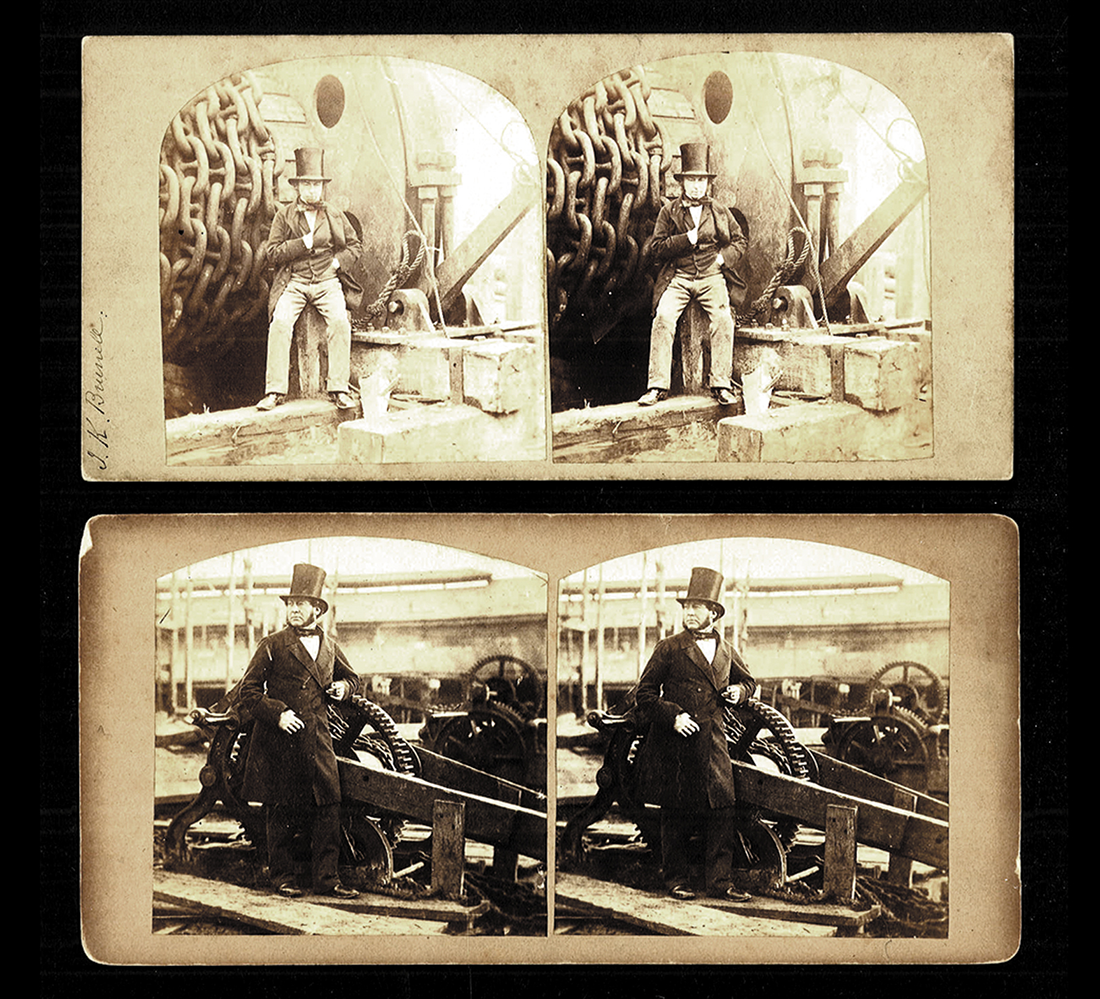
My recent visit to SS. Great Britain in Bristol has reminded me of the remarkable love of history seeded in me by Joyce Sleight as a school boy. Joyce taught British Social, Economic and Political History which explored our procession towards the reforming, inclusive, liberal and predominately tolerant society we live in today. It celebrated our industrialists and social reformers whilst tackling head on slavery, child labour and poverty. We were taught to be objective and not to judge history from the perspective of our own times so that the shadow of history could shape our thinking and inspire us to continue in the nation’s centuries long purpose to strive for fairness, to make things better and work for the common good. Education in those days was less about box ticking, process and grades and more about shaping and forming generous, creative, questioning minds. A love of learning for its own sake.
Amongst our greatest engineers was Isambard Kingdom Brunel. Isambard designed and built the Great Western Railway and had the vision and drive to attempt to continue the line to America building three revolutionary steam ships.
The largest of these was the Great Eastern. She left Deptford on the 7th September 1858. Large crowds gathered to witness her steaming down the Thames for her first sea trials. As she passed Hastings on the 9th September tragedy struck. A heater attached to the paddle engine boilers exploded killing six firemen. Isambard’s revolutionary design with water tight compartments and bulkheads saved the ship. Isambard had suffered a stroke on the ship shortly before she set out and many argue that this tragedy hastened his demise. He died on the 15th September 1858.

Perhaps this explains why the copy of the children’s book The Great Eastern ABC, or, Big Ship Alphabet with its 26 hand-coloured wood-engraved alphabetical vignettes is so rare. It was entered as part of a single owner archive collection by a direct descendent of Isambard’s father Sir Marc Isambard Brunel at Toovey’s and realised £9,000.
You get a real sense of Brunel the man in the photographic stereoscopic slides which sold at Toovey’s for £14,000. The photographs were taken in about 1856-1857 by Robert Howlett and George Downes. They depict Brunel before The Great Eastern.
Objects have such a power to bring history to life and connect us with the story of our processional nation inspiring us to continue to work for the common good.